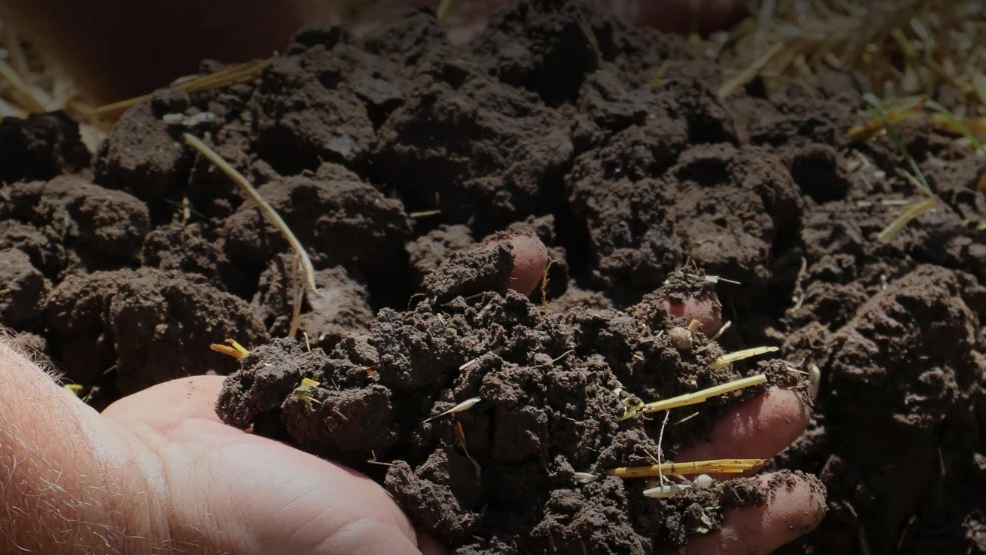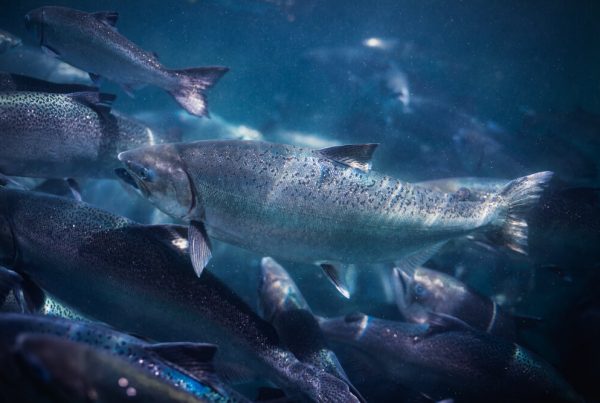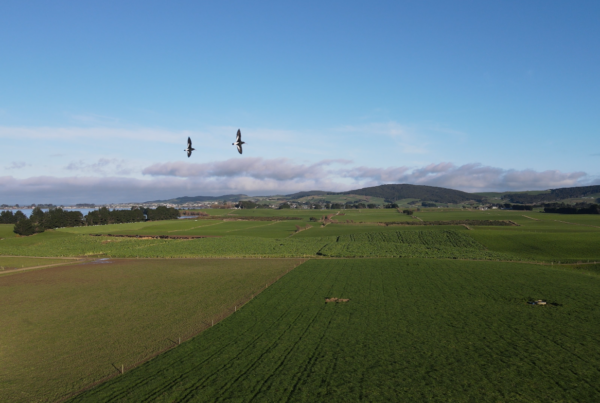Fertiliser prices have more than doubled over the past year. What events have caused these prices to go up, what impact does it have on overall farm costs of production, and what can farmers do to keep fertiliser prices from eating through all of their profits?
Two years of increasing fertiliser prices
The steady climb in fertiliser costs started in 2020. Much of the initial rise in price can be attributed to rising commodity prices, which drove growers to take advantage of a strong market by producing more bushels. In the following two years, however, a number of factors pushed fertiliser prices on a dramatic run.
Disruption in the global supply chain is among the reasons farmers are facing price rises for fertiliser once again. Prices have increased steadily over the past two years due to multiple factors.
The prices of some products have doubled in the last two years which has prompted more farmers to look for locally manufactured alternatives. Earlier this year, fertiliser factories in the U.S. were shut down due to cold weather along with supply chain issues. Then, the ongoing war in Ukraine has led both Russia and Ukraine to prioritise their own domestic food supplies and suspend fertiliser exports; Russia is the world’s largest exporter of fertiliser.
The impact on cost of production
Since 2020, the prices of synthetic fertiliser have in some cases doubled. Going back further to 2018, Urea costs averaged $526 per tonne. In 2022, Urea per tonne will hit $1400. That’s more than 250% increase for every tonne that’ll leave farmers’ pockets this year.
What can farmers do to limit the impact of these rising prices? Let’s think about it in two categories:
- Improving fertiliser efficiency. This means using farming practices that reduce fertiliser loss from denitrification, leaching, volatilisation, or erosion. For many farming operations, these losses will rob half or more of their applied fertiliser, meaning that it never gets to the right places.
- Reducing total fertiliser needs. This really means finding alternative sources to meet pasture and crop productivity needs. Improving soil health and soil organic matter can create free fertiliser by increasing total nutrient capacity within the soil and improving the soil’s ability to deliver nutrients to plants. Bio-diverse pastures can provide significant fertiliser value while reducing costs and providing additional benefits to your operation; from weed management to improved soil structure and water management capability, bio-diverse pasture blends are an affordable solution.
Profitability Strategies
To understand how you avoid getting caught in the trap of rising fertiliser prices, you need to understand the benefit from alternative fertility food sources such as Fish IT Refined. We reached out to a number of seasoned agronomist and farmers on the agronomic tips and tricks for navigating this expensive fertiliser market.
The overwhelming message was this – you have to start now to put your farm in a position to get out of the fertiliser price squeeze and gain some independence from supply chain struggles. As farmers, we face three basic realities when it comes to fertiliser use:
- Our practices can significantly impact the amount, availability, and waste of fertiliser. Soils that experience erosion above two tons of soil loss per hectare are often losing significant amounts of fertiliser and the most fertile soil. Similarly, soils with compaction can cause denitrification. Saturated soils can lose over half of all applied nitrogen. Cultivation provides a very short-term solution to compaction but will then perpetuate future compaction issues by further breaking down soil structure.
- Soil health will determine how much fertiliser is actually available to plants. Applied N and P must get converted into plant available usable forms. This process relies on soil microorganisms. The more microorganisms available, the more applied fertiliser is available to plants. Conversely, reducing soil biology through cultivation, plant residue removal, and periods of moisture stress will reduce soil biology. And if it isn’t converted for plant use, it often gets lost to leaching, erosion, or denitrification.
- Feed and increase the earthworm population, density and species are affected by soil properties and management practices. Through their burrowing, feeding, digesting and casting, earthworms have a major effect on the chemical, physical, and biological properties of the soil. The function of worms is to shred and decompose plant residue converting it to humus and releasing mineral nutrients. By comparison with undigested soil, soil digested by worms can contain 5 times as much plant available N, as much as 7 times of plant available P, 3 times Mg and a whooping 11 times as much K. Additionally, deceased earthworms contribute significant amounts of N to the soil. In broad terms, 4 tonnes of earthworms per/ha could release as much as 50Kg/N/ha on death. Proof that these guys are a key element in your fight against the price of synthetic fertilisers.
- Free nitrogen is available, if you choose to take advantage of it. Legume cover plants such as white and red clover, Austrian winter pea, and hairy vetch can provide significant plant-available nitrogen. For example, depending on its relative dominance in a sword, white clover is able to fix up to 300 kg/N/ha/year in high producing sheep farms and 380 Kg/N//ha/year on dairy platforms.
- Adopting technologies on offer will help you to manage fertilisers more efficiently. By utilising tools like Tow and Fert liquid foliar spray machines offers Farmers versatility to use soluble forms of fertiliser directly to the plant. Combined with GPS technology like that on offer from TracMap GPS, are helping to reduce the amount of fertiliser you require through greater efficiency.
- Keeping heavy machinery on the ground to a minimum will reduce the impacts of compacting the soil. Compaction which leads to water-logging or surface ponding results in a series of undesirable chemical and biochemical reduction reactions the by product of which are either toxic to roots or are in a form that is unable to be taken up by plants. Notably, plant available nitrate-nitrogen is reduced by denitrification to nitrite and nitrous oxide, a potent greenhouse gas.
While death and taxes are certainties, we can avoid getting caught in the trap of rising fertiliser prices, but it sometimes takes a big and scary leap forward. Fish IT Refined is a biological food source for your soil, designed to stimulate soil life encouraging an increase to the earthworm population and clover production, to release you from the fertiliser price squeeze.
Visual Soil Assessment, Pastoral grazing & cropping on flat rolling country. Second Edition. Author: Graham Shepherd.
With input from Alexis Perez, TAC: Tasman Agricultural Consulting



